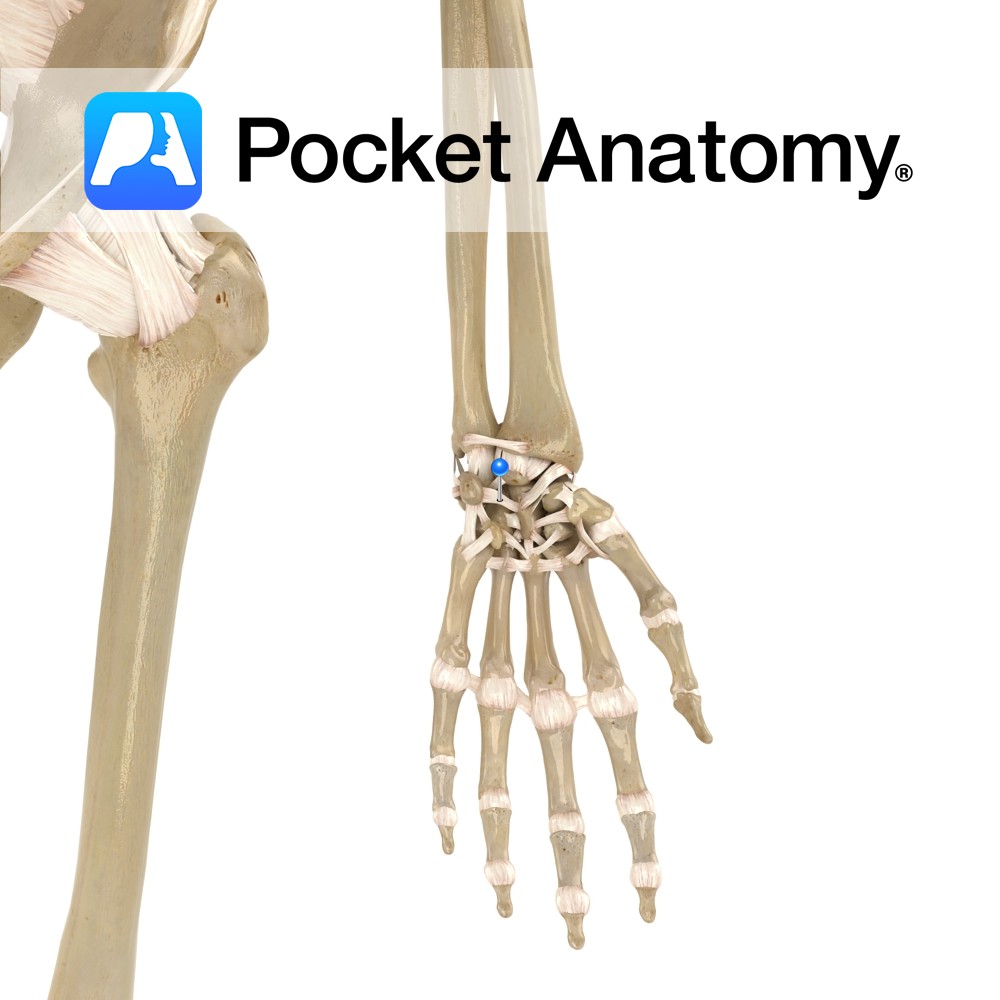Motion
The intercarpal joints are synovial ellipsoid or spheroidal joints. The term intercarpal joints refers to the joints between the proximal row of carpal bones, the joints between the distal row of carpal bones and the complex midcarpal joint between the two rows. The movements of the intercarpal joints can be considered with those of the wrist joint as both the wrist and intercarpal joints take part in each movement and are acted on by the same muscles.
The movements possible are flexion, extension, abduction (radilal deviation), adduction (ulnar deviation), and circumduction. In flexion there is more movement at the wrist joint, wheras in extension there is more movement at the intercarpal joints.
Stability
An extensive fibrous capsule (especially at the level of the midcarpal joint) plays an important role in stabilizing the joints.
A number of ligaments some unnamed also stabilize the joints. Important ligaments include:
Proximal row joint: Dorsal, palmar, interosseus, pisohamate, and pisometacarpal ligaments.
Distal carpal row: Dorsal, palmar, interosseus ligaments.
Midcarpal joint: Dorsal, palmar, radial and ulnar ligaments.
Muscles and tendons crossing the joints also provide some stability.
Muscles
Flexion:
Flexor carpi radialis
Flexor carpi ulnaris
Palmaris longus
Flexor digitorum superficialis
Flexor digitorum profundus
Extension:
Extensor carpi radialis longus
Extensor carpi radialis brevis
Extensor carpi ulnaris
Extensor digitorum
Extensor digiti minimi
Abduction:
Flexor Carpi Radialis
Extensor Carpi Radialis longus
Extensor Carpi Radialis brevis
Adduction:
Flexor Carpi Ulnaris
Extensor Carpi ulnaris
Circumduction:
Compund movement involving muscles which flex, extend, abduct and adduct.
Interested in taking our award-winning Pocket Anatomy app for a test drive?



.jpg)

